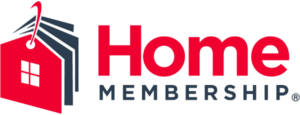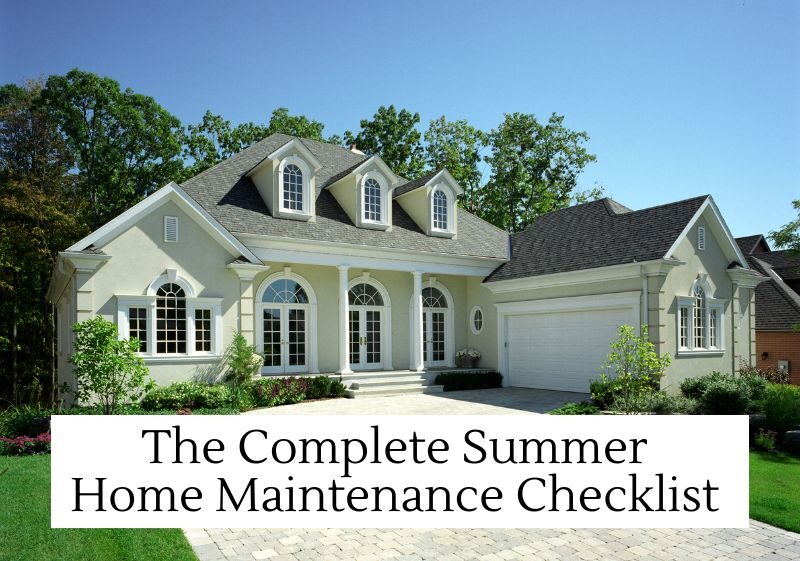5 Ways That You Can Finance Home Improvement Projects

Home improvement projects can add value to your home, make it more functional and comfortable, and even improve your quality of life. However, financing such projects can be challenging, especially if you don’t have enough cash on hand. Fortunately, there are several ways you can finance home improvement projects. If you want to learn more about this, here are five ways to finance your next home improvement project.
1. Home Equity Loans
Home equity loans are a type of loan where you borrow against the equity in your home. Equity is the difference between the value of your home and what you owe on your mortgage. For example, if your home is worth $300,000 and you owe $200,000 on your mortgage, you have $100,000 in equity.
Home equity loans typically have lower interest rates than other types of loans because they are secured by your home. They also have a fixed interest rate and a fixed monthly payment, which makes budgeting easier.
However, home equity loans require you to have a certain amount of equity in your home, and you’ll need to have good credit to qualify for the loan. Also, if you’re unable to make your payments, you risk losing your home.
2. Home Equity Lines of Credit (HELOCs)
Home equity lines of credit (HELOCs) are similar to home equity loans, but they work more like a credit card. You’re given a credit line based on the equity in your home, and you can borrow from it as needed. You only pay interest on the amount you borrow, and you can pay it back over time.
HELOCs are flexible and can be a good option if you’re not sure how much your home improvement project will cost. You can borrow what you need as you need it, and you only have to pay interest on what you borrow.
However, HELOCs have variable interest rates, which means your payment could go up if interest rates rise. Also, like home equity loans, you risk losing your home if you’re unable to make your payments.
3. Personal Loans
Personal loans are unsecured loans that you can use for just about anything, including home improvement projects. They are typically easier to qualify for than home equity loans or HELOCs, and you don’t need to have equity in your home.
Personal loans also have a fixed interest rate and a fixed monthly payment, which makes budgeting easier. However, they often have higher interest rates than home equity loans or HELOCs, and you may not be able to borrow as much.
4. Credit Cards
Credit cards can be a convenient way to finance small home improvement projects. Many credit cards offer rewards or cashback programs, which can be a great way to save money on your project.
However, credit cards typically have high interest rates, and if you’re not able to pay off the balance quickly, you could end up paying more in interest than you would with another type of loan.
5. Government Programs
Finally, there are several government programs that can help you finance home improvement projects. For example, the Department of Housing and Urban Development (HUD) offers several programs that can help low-income families with home repairs. The Federal Housing Administration (FHA) also offers a 203(k) loan program that can help you finance home improvements.
Additionally, some state and local governments offer programs to help homeowners make energy-efficient improvements to their homes. These programs can provide low-interest loans, grants, or tax incentives to help offset the cost of the improvements.
Conclusion
Home improvement projects can be a great way to improve your home and your quality of life. When considering your options, weigh the pros and cons of each and choose the one that best fits your financial situation and needs.
After you’ve made the necessary improvements, it’s vital that you maintain your home. Home Membership makes it easier for homeowners to get a home warranty and enjoy the benefits and protection that come with having one. Find out more about our services today!



